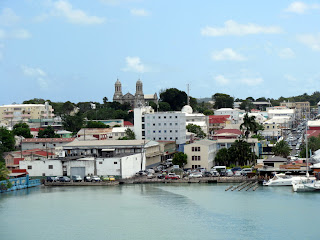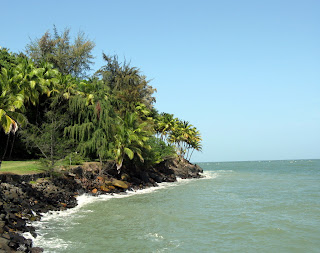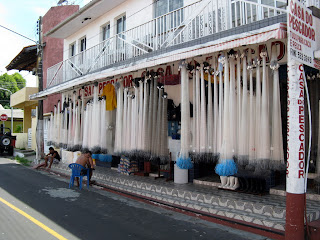






















Dear Family and Friends,
These last five days have been lovely as we visited Bridgetown, Barbados, St. John’s on Antigua and St. Thomas in the US Virgin Islands before spending the past two days at sea. We disembark Ft. Lauderdale tomorrow, Tuesday, March 16th at 7:00 AM.
I will spare you the usual history lesson and commentary on these three ports of call. Many of you have no doubt been in the Caribbean at some point in time or you have heard and seen enough about them. Vicki and I went on catamaran snorkeling tours in Barbados and St. John’s as the water is some of the most spectacular for that activity in the world. I will let the pictures speak for themselves.
In St. Thomas, Vicki and I shopped in the morning and visited Bobby’s Jewelers and got to meet Mike and Karishma for the first time. The last time we were actually at Bobby’s (he passed away eight years ago) was 14 years ago. We have been doing business with this company and these people for over 20 years; however, and they are the best.
In the afternoon Vicki kept shopping and I went snorkeling again out to Boon Island and had a great time diving on a ship wreck and playing with the reef fish of every color and hue. Like I have done so many times on Lake Travis and Possum Kingdom, I once again managed to go swimming with my wallet and dutifully made my deposit somewhere in the Boon Lagoon. It was just a few dollars but you know what a hassle it is to cancel your credit card (fortunately just one) and apply for a new driver’s license. You would think by now I might have learned my lesson but NO!
We have had a marvelous voyage and seen so many things, new and exciting places and had many adventures with memories to last us a lifetime. We met some really fantastic people onboard and count them now among our many friends.
We thank God for the opportunity to experience all this and for protecting us as we visited 13 different countries, two new continents (including Antarctica), traveled over 20,000 nautical miles, escaped three natural disasters (earthquakes in Haiti and Chile and floods in Peru) and survived a military evacuation by helicopter. Thousands of people lost their lives in each of these tragic circumstances and, of course, we were never in any real danger, so our prayers are still for those who suffered real loss and we encourage all of you to help in any way you can.
Now back to reality. Breakfast will not be served unless I make it, the towel we left on the bathroom floor the night before will still be there the next morning and there will be no chocolates on our pillow unless we put them there…..and why would you do that? Oh, and in the real world, the tax man cometh. Uggh!
Thank you for your attention and I hope you have enjoyed following along as we Circle South America. God bless you all.
Jud and Vicki































